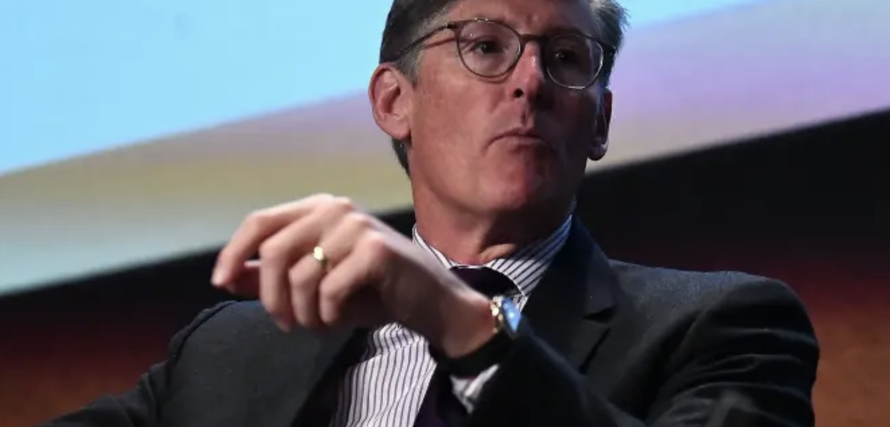Citigroup is apparently preparing to follow through on its promise it shed as many as 20,000 operations and technology positions, according to an interview with CEO Mike Corbat that was published Tuesday in the Financial Times.
Mike Corbat
CEO Mike Corbat has suggested that “tens of thousands” of people working in Citi’s call centers will likely be replaced by machines in the near future – machines that can “radically change or improve” customers’ experience while cutting costs. Corbat also ruled out a merger like the $66 billion SunTrust-BB&T tie-up that is expected to usher in a new wave of bank consolidation.
Corbat’s comments, according to the FT, were the “most explicit” the company has ever been about how its spends the $8 billion it has allotted every year for technology.
Citigroup chief executive Mike Corbat has suggested that “tens of thousands” of people working in the US bank’s call centres are likely to be replaced by machines that can “radically change or improve” customers’ experience while cutting costs. Mr Corbat, who runs America’s fourth-largest bank by assets, made the comments in an interview with the Financial Times in which he also ruled out Citi’s involvement in any wave of US banking consolidation triggered by the $66bn SunTrust-BB&T merger and justified its continued presence in China. Under pressure to bring its cost base in line with peers, Citi executives have been upfront about the impact of technology on their 209,000-strong global workforce, including last summer’s warning that as many as half of the 20,000 operations staff in its investment bank could be supplanted by machines.
Though, fortunately for the few people who will still have job’s in Citi’s call centers once the bloodletting is over, Corbat said the bank doesn’t intend to get rid of all of its human employees. Just most of them.
Citi has no plans to get rid of humans in its call centres altogether though. “There’ll always be the kind of thing where you’ve actually got to have someone to help solve,” said Mr Corbat. “We don’t want people frustrated in that.” Mr Corbat cited the potential of Citi’s technology as one of the reasons that his bank would not take part in the wave of US retail banking mergers that some analysts expect to be kicked off after BB&T and SunTrust unveiled the sector’s biggest post-crisis merger a fortnight ago.
Corbat also tried to spin concerns about Citi’s sprawling global presence (something investors have typically interpreted as one of its biggest liabilities, particularly in the wake of the Citibanamex scandal, which led to a damaging revision of the bank’s quarterly earnings back in 2014) into an advantage.
In the era of Trumpian trade wars, critics have questioned Citi’s geographic spread and its exposure to Mexico, where it owns the country’s second-largest bank. Citi is also the most prominent of the US banks in China. “China needs soy, China needs beef, China needs pork, China needs import of raw materials into their supply chain,” said Mr Corbat.
“Those routes may change. So as we [in the US] get tariffs and embargoes and things, those soy routes may move from the US to Brazil and Argentina – two places where we operate. We’ve seen a redrawing of these trade routes, but the demand hasn’t gone away.” He added that Citi remained the best owner for Citibanamex in Mexico because “if you look at the pace of digital adoption and the expectation of consumer clients, the technology we’re already using in Asia and the US is totally portable to Mexico today.”
While it’s probably tempting for Citi’s bankers to brush this off as something that doesn’t concern them, as State Street just showed, they likely won’t be impervious to the bank’s technology spend forever.
via ZeroHedge News http://bit.ly/2GTqGzp Tyler Durden
